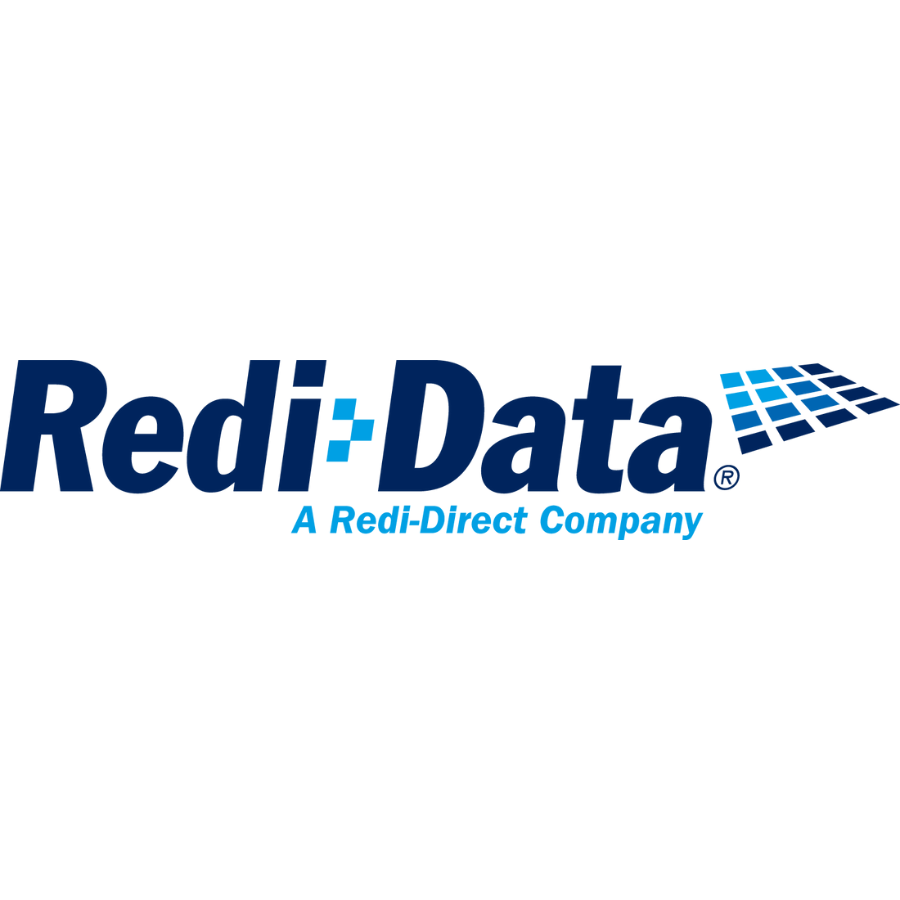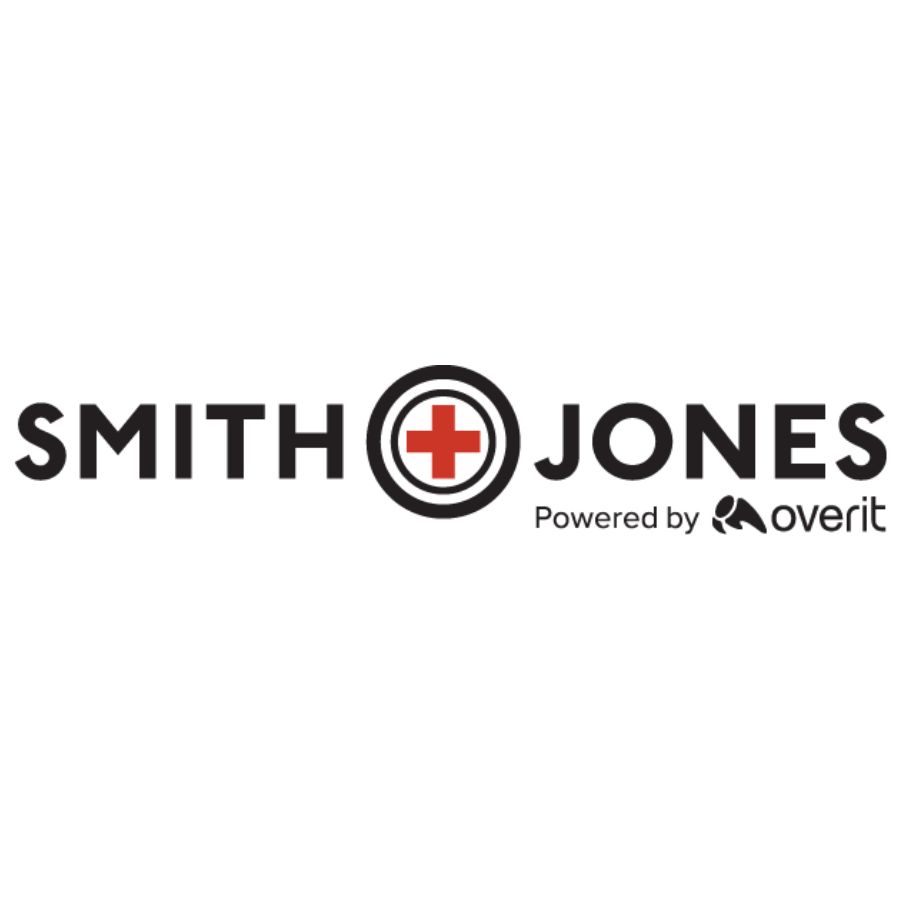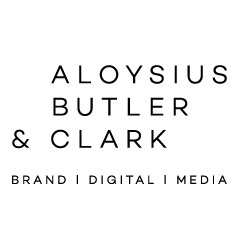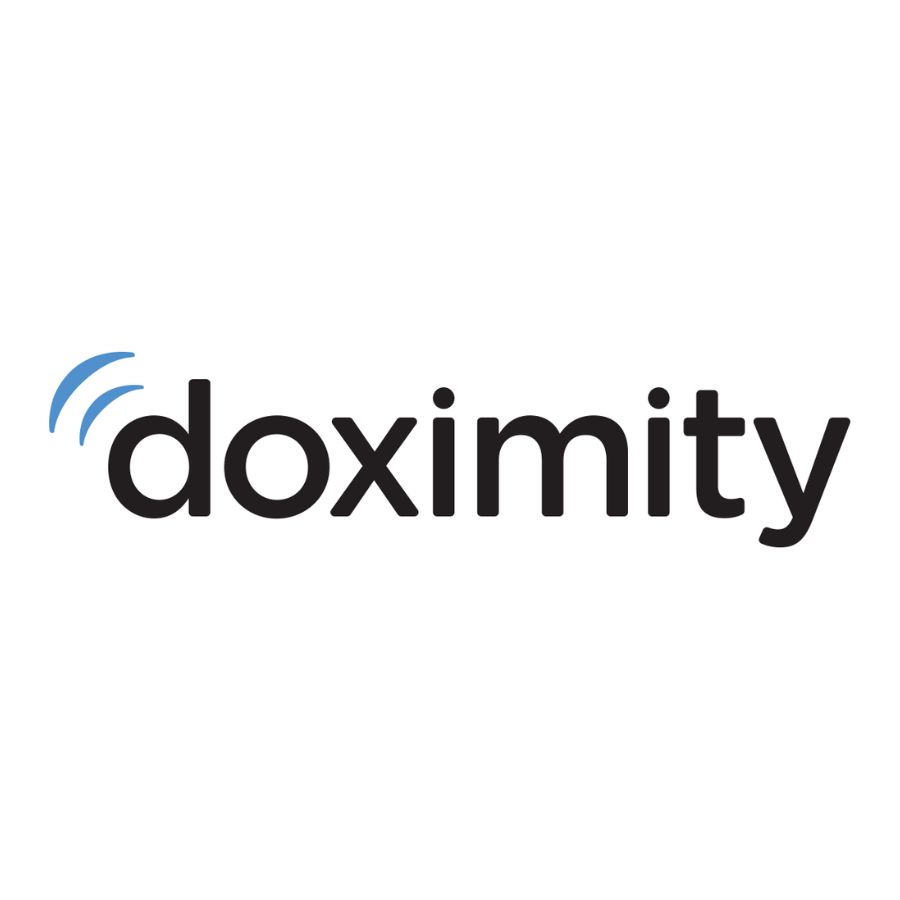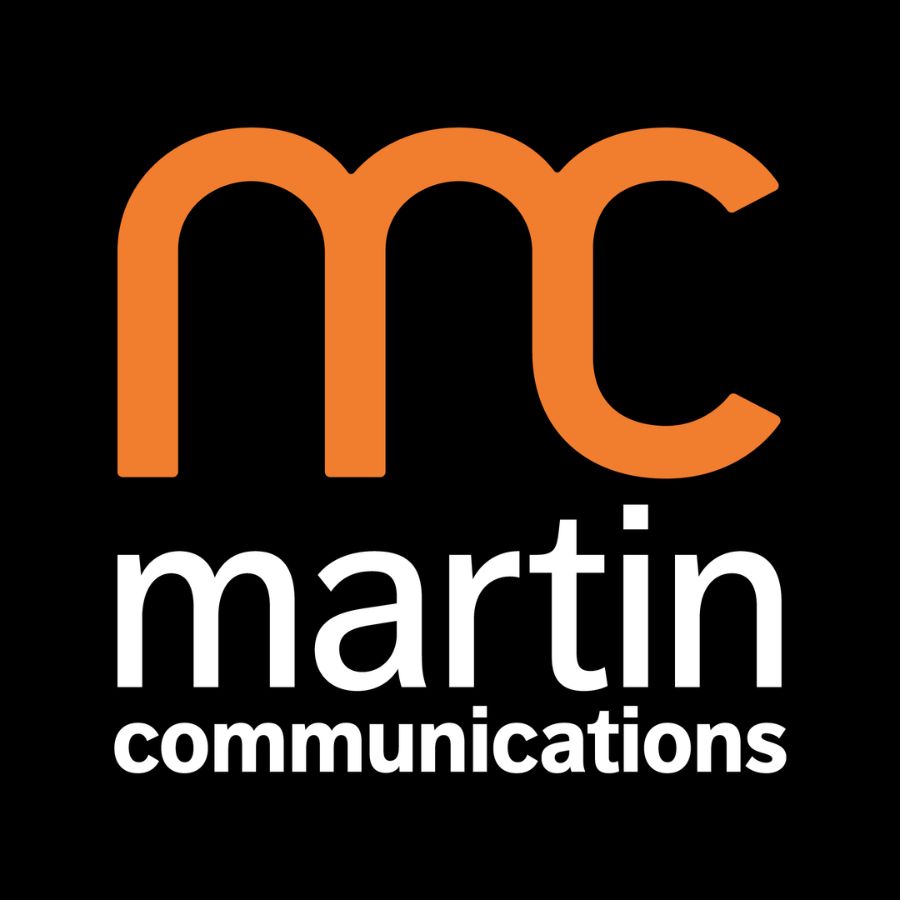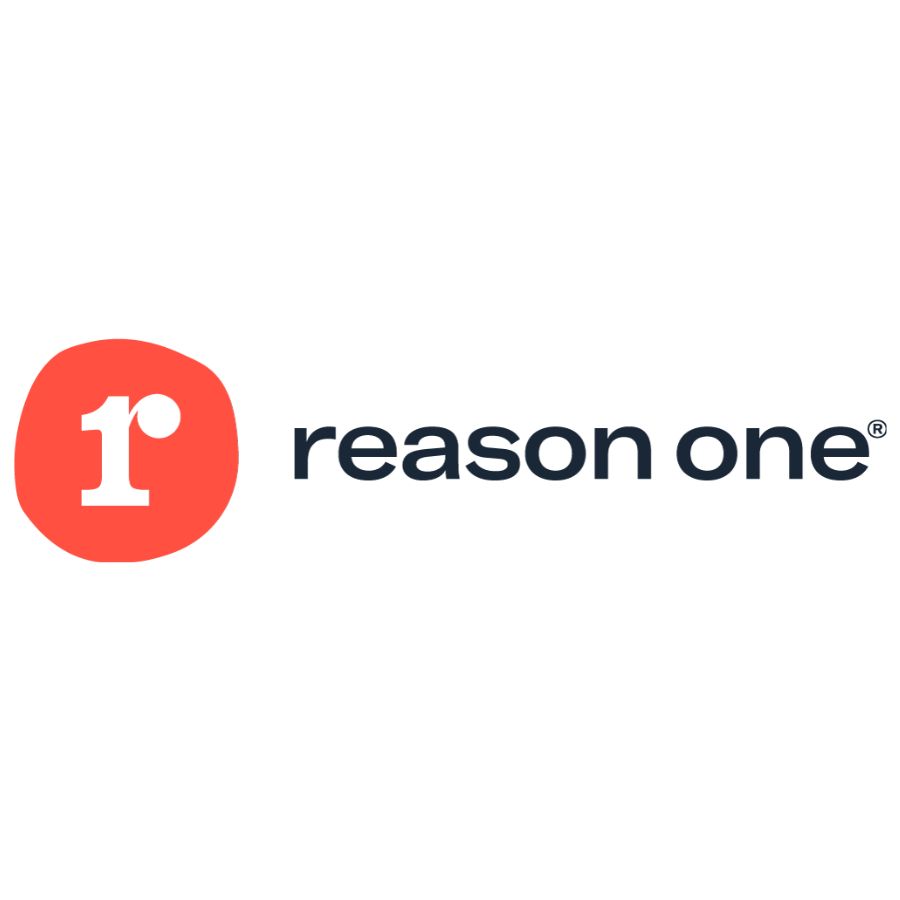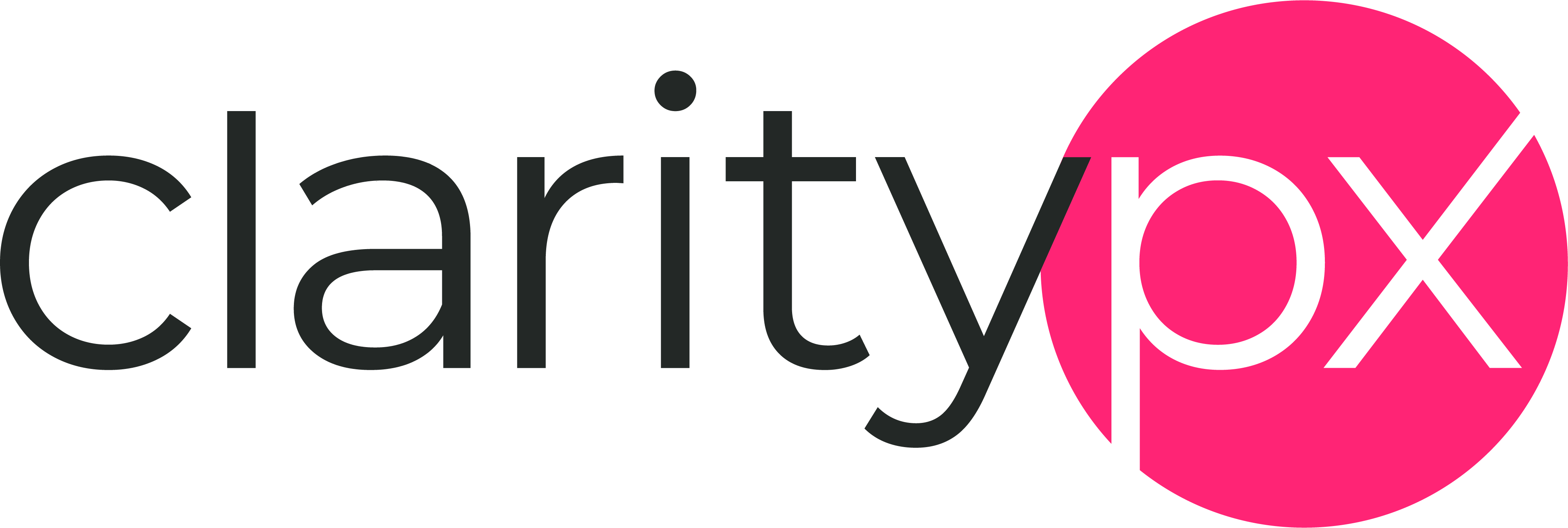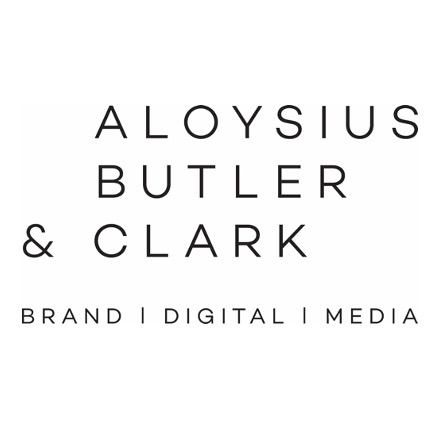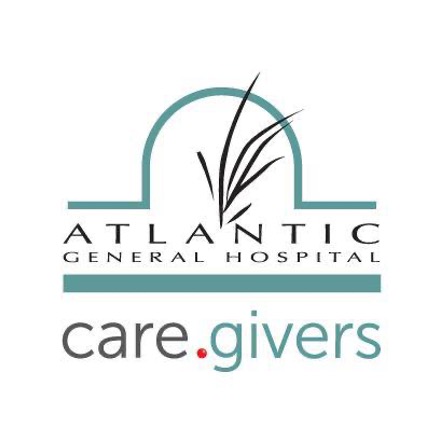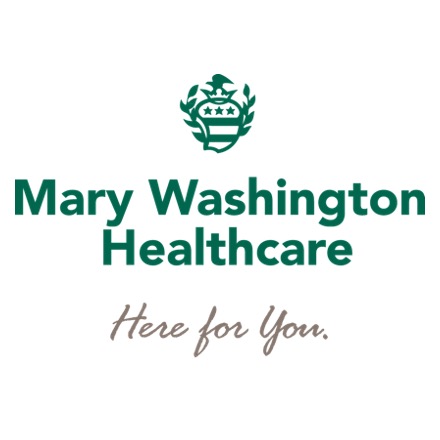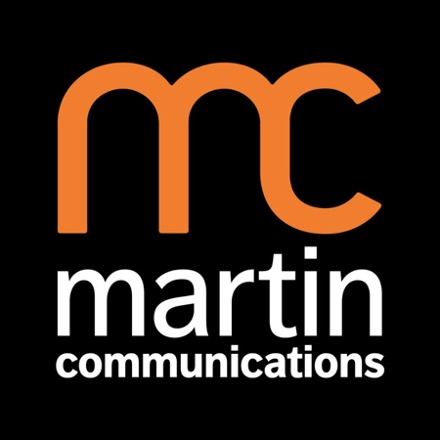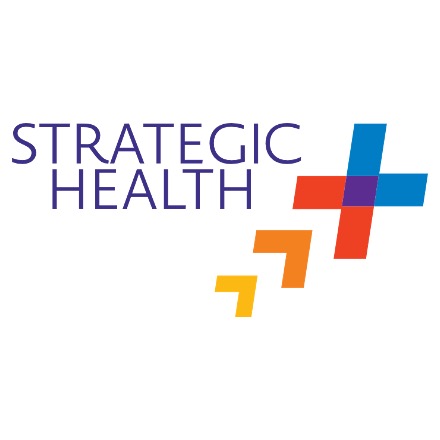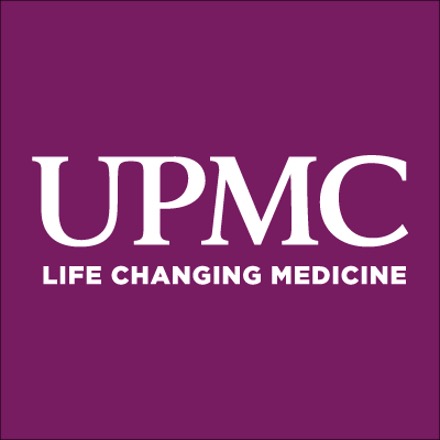2024 Conference Schedule
Tuesday, May 7, 2024
- 3:30–5:00 p.m.: Conference registration desk open
- 4:00 p.m.: Hotel check-in begins
- 5:30–7:00 p.m.: Welcome Reception sponsored by Feedback at Poe Museum (group transportation leaves hotel at 5:00 and 5:30 p.m.)
Wednesday, May 8, 2024
- 6:30 a.m.: Morning run group assembles in main lobby
- 7:30 a.m.: Conference registration desk opens
- 8:00–8:45 a.m.: Breakfast sponsored by Sg2
- 8:45 a.m.: Opening remarks
- 9:00–9:45 a.m.: Session #1 (concurrent breakouts)
- 10:00–10:45 a.m.: Session #2 (concurrent breakouts)
- 10:45–11:15 a.m.: Break with sponsors
- 11:15 a.m.–12:00 p.m.: Session #3 (single presentation)
- 12:00–1:00 p.m.: Lunch / LEAD presentation
- 1:00–1:45 p.m.: Session #4 (concurrent breakouts)
- 1:45–2:15 p.m.: Break with sponsors
- 2:15–3:00 p.m.: Session #5 (single presentation)
- 3:00–4:15 p.m.: Closing remarks & Break with sponsors
- 7:00 p.m.: Group Dinners (optional, pay-your-own-way, sign-up required)
Thursday, May 9, 2024
- 6:30 a.m.: Morning run group assembles in main lobby (tentative)
- 8:00–8:45 a.m.: Breakfast sponsored by Cast & Hue, Conference registration desk open
- 8:45 a.m.: Opening remarks
- 9:00–9:45 a.m.: Session #6 (concurrent breakouts)
- 10:00–10:45 a.m.: Session #7 (concurrent breakouts)
- 10:45–11:15 a.m.: Break with sponsors
- 11:15 a.m.–12:00 p.m.: Session #8 (single presentation)
- 12:00 p.m.: Hotel checkout deadline
- 12:00–1:00 p.m.: Lunch / Excellence Awards
- 1:00–1:45 p.m.: Session #9 (single presentation)
- 1:45–2:00 p.m.: Closing remarks
Beyond Advertising: the Role of the Patient Journey in Brand Perception
Paul Fahey, Smith & Jones, Vice President
In the ever-evolving landscape of healthcare, understanding patient perceptions is paramount. Hospitals are no longer evaluated solely on clinical outcomes; patients now assess their experiences holistically. Beyond Advertising: the Role of the Patient Journey in Brand Perception explores the intricate nuances of how patient perceptions shape hospital quality. This session goes beyond the surface, for a deeper look at how advertising claims intertwine with elements like website usability, staff interactions, cleanliness, and overall customer service. Attendees will embark on a patient journey that unravels the multifaceted aspects of patient perception. By seeing real-world case studies and leveraging data-driven insights, this session will reveal how simplicity and ease of use of hospital websites, compassionate customer service interactions, and the maintenance of the campus environment significantly influence patient satisfaction. By understanding these dynamics, attendees will learn how to audit their organization's brand effectively.

Paul Fahey is Vice President of Smith & Jones, a healthcare marketing firm. A strategic thinker and accomplished creative, Paul has helped clients rebuild brands after bankruptcy, grow service lines amid fierce competition, attract and retain top talent, and make deeper connections with donors and the communities they serve.
Back to top
Building Morale and Metrics with a Creative Internal Communications Program
Danielle Stemple, Mount Nittany Health, Internal Communications Coordinator
Stacy Olenoski, Mount Nittany Health, Communications Coordinator - Creative Services
Over the past year, Mount Nittany Health's Internal Communications team demonstrated exceptional prowess in elevating employee morale and boosting metrics through a creative and innovative internal communications program that aligns with the independent health system's mission, vision, values, strategic objectives, and corporate culture. After the strenuous challenges imposed by the COVID-19 pandemic, initiatives developed and executed by the team have helped foster a more positive work environment for the 2,400 employees, revitalized employee engagement, and restored a sense of teamwork, which have all enhanced the healthcare experience for the patients the health system serves, and the local community. The approach taken:
- Internal Communications: A substantial effort was invested in creating engaging content for Mount Nittany Health's Intranet platform, Connect. Connect acts as a central hub for communicating essential information, celebrating employee achievements, and fostering camaraderie by sharing important health system news. Notable features that have contributed to its success include "Team Member Monday" (a weekly profile on employee passions outside the health system), "Pet Party Friday" (a beloved favorite for sharing pet-related stories and photos), expressions of gratitude from the community, and a security segment featuring videos of our dedicated security personnel.
- Employee Newsletter: Mount Nittany Health's employee newsletter, Newsbriefs, underwent a transformation that resulted in a remarkable 45% year-over-year increase in open rates. The newsletter now consistently surpasses industry standards, and even physicians and executives actively engage with its content.
- Employee Recognition: The team revitalized the Employee of the Month program, streamlining the nomination process and significantly increasing monthly nominations from one or two to a staggering 30-50. A public recognition component was introduced, encompassing all runner-up nominations. Additionally, the creation of a Values poster initiative was implemented and installed throughout Mount Nittany Medical Center and the health system's 19 other locations, with photos and quotes from 31 employees who epitomize the health system's values, further reinforcing a culture of recognition.
- System-Wide Recognition Celebrations: Recognition initiatives were introduced throughout the year, including the Holiday Season of Giving, which entailed employee gifts, an employee holiday meal, and communal giving opportunities. The health system also hosted Random Acts of Kindness Week, Mount Nittany Health Week (featuring food trucks, games, and diversions over four days), Doctors Day, and Nurses Week recognition. This approach holds the potential to enhance recruitment efforts, elevate employee relations, increase productivity, and positively impact the community by augmenting the quality of healthcare services delivered by Mount Nittany Health.
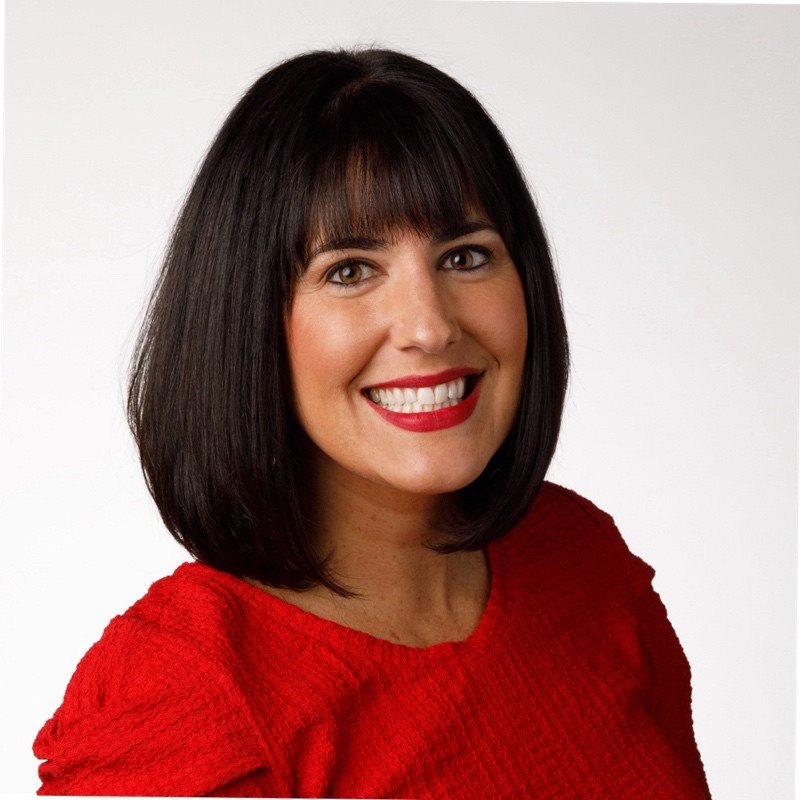
Danielle Stemple is a creative and passionate storyteller, sparking engagement and unity among the 2,400 staff within Mount Nittany Health, an independent health system located in Central, PA. She fosters a culture of excellence by ensuring seamless information exchange. Her innovative internal communication strategies empower those within the health system to deliver award winning patient care.

Stacy Olenoski has been the driving force behind the creative spirit at Mount Nittany Health for more than 15 years. Her visionary approach fosters a culture of creativity, inspiring her colleagues to explore new avenues of visual storytelling. Her collaborative spirit empowers her team to excel, resulting in initiatives that enhance employee engagement within the independent health system.
Back to top
Elevating Your Marketing Strategy & Impact in Small & Rural Health Care
Sally Mildren, Clarity PX, CEO
Diane Markham, Arbor Health (WA), Marketing and Communications Manager
Being a marketing leader in a small and rural healthcare organization is a BIG job. You wear so many hats, often work alone or on a very small team, with pretty tight budgets. Sound familiar? But so many small marketing teams don't ensure their strategy and results are known among the C-suite and aren't recognized for helping to drive more patient volume and revenue. Learn the practical steps to develop a winning strategy, expand your channel partnerships, leverage community engagement, and ensure your paid channels are aligned, effective, and maximized for strong ROI...and how to talk about it inside of your organization. This session is packed full of practical, affordable, and immediately relevant advice to maximize your marketing budget and impact - and ensure the C-suite sees your department efforts (and costs) as contributing to patient volume and overall revenue growth.

Sally Mildren has 20+ years of senior healthcare leadership experience in rural health, hospitals, systems, Medicaid health insurance, and corporate healthcare roles. Her passion is to help smaller healthcare organizations, rural healthcare, critical access, FQHCs and regional health systems to thrive by supporting growth for your people, your patients, and your business. Learn more at clarity-px.com
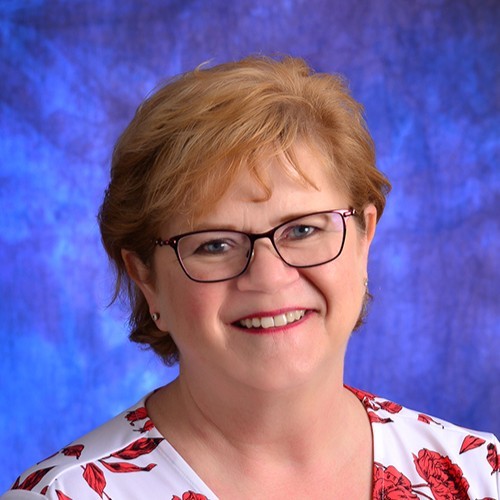
Diane Markham is a one-woman show with anything communication related for their small health system comprised of one 25-bed Critical Access Hospital, four primary care clinics and a rapid care clinic. She's responsible for all forms of marketing, website management, printed public newsletters, weekly employee newsletter, press relations, signage and community outreach.
Back to top
Consumer-driven Value Propositions: Uncover and Communicate Your Differentiators to Drive User Experience
Laila Waggoner, Strategy for Hire, Chief Dot Connector
Lauren Minors, Reason One, Director, Partnerships & Marketing
Dean Browell, Feedback, Chief Behavior Officer
Now more than ever, health systems must differentiate in the market to compete for consumer attention and loyalty. Your brand centers on your value proposition, but how do you know what yours really is? In a competitive consumer environment, your value proposition has to resonate throughout the user journey, communicating your differentiators in meaningful ways, and driving the user experience to actually deliver on the brand promise.
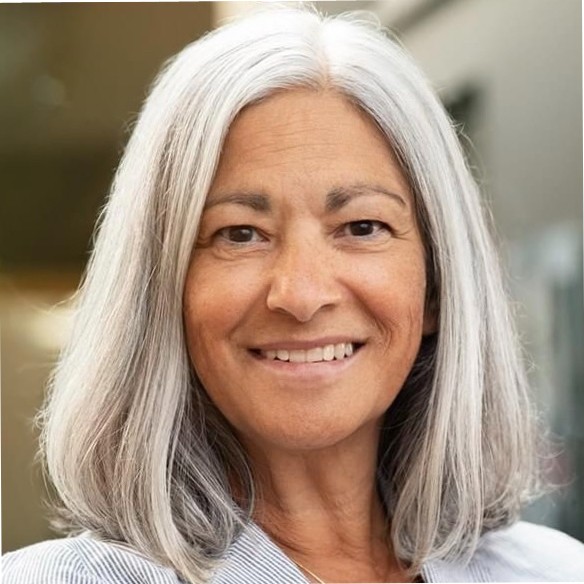
Laila Waggoner, Chief Dot Connector at Strategy for Hire, has extensive background in strategic healthcare marketing, spanning more than 30 years working with regional health systems, community hospitals, academic medical centers, managed care organizations and B2B healthcare brands in markets across the country in health system and agency leadership roles.

Lauren Minors, Director of Partnerships & Marketing at Reason One, has over 15 years experience in all aspects of marketing for knowledge-based firms serving the healthcare industry. Deeply curious about how marketing and digital affects the entire patient and staff experience, Lauren has authored multiple studies examining the efficacy of digital tools in healthcare, from intranets to disruptive tech.

Dean Browell is Feedback’s resident PhD with a passion for how generations interact online. He is a Board Member of SHSMD, The Poe Museum, and University of Richmond Institute on Philanthropy. He teaches Social Research and Digital Ethnography at VCU's School of Business, is co-founder of Hidden In Plain Site, and co-authored “Don't You Forget About Gen X: One Generation's Crucial Role in Healthcare.”
Back to top
Leading With a Coach's Mindset During Uncertain Times
Paula Widerlite, PCC, Widerlite Coaching & Consulting, President & CEO
Kasia Sweeney, Calvert Health Medical Center, Vice President, Strategy and Business Development
Nancy Reller, Sojourn Communications, President
All leaders find themselves operating in a VUCA environment (volatile, uncertain, complex, and ambiguous); effective leaders are adept at leading with a coach's mindset. Leading with a coach's mindset helps leaders and their colleagues use their knowledge and skills to expand capacity as individuals and team members. During this session, participants will learn from three experts with more than four decades of experience in health systems leading strategy, business development, and communications. The speakers will share a case study from a health system executive who learned to navigate the VUCA environment using her experience with leadership coaching and how she applies these lessons to her organization and with her team. Participants will be led in an engaging and experiential session to identify their leadership style, adopt a coach's mindset, and practice active listening at "Level II." Through a coaching conversation demonstration and group discussion, participants will learn that asking powerful questions, is so much more enlightening to staff performance than telling staff what to do. Through the interactive session, participants will learn what it means to move away from a focus on performance management with their teams towards creating a culture of performance development. When leaders develop their teams by keeping an open and curious mind asking powerful questions, they create self-discovery for the team. When teams are engaged in their own learning, realizing what challenges they face and uncovering their potential, the case for change is compelling and the outcomes are sustainable. The format is designed to be led by three presenters. Two are experienced leadership coaches and former health care executives. They will demonstrate active listening, asking powerful questions and having an open, curious mindset. The third presenter is a current health system strategy executive who will share her experience, a case study, of how being coached and leading with a coach's mindset helped her navigate strategy and business development amidst the uncertain landscape.
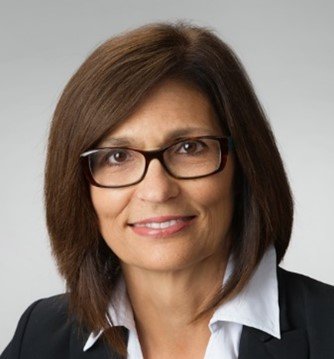
Paula Widerlite, PCC, is the former Chief Strategy Officer of a $1.2B integrated delivery system in the Mid-Atlantic region. With four decades of experience leading teams, and developing countless strategic plans that contributed to the organization's success, in 2020, Paula began her career encore as a strategy advisor and leadership coach. She is a trained and certified leadership coach.
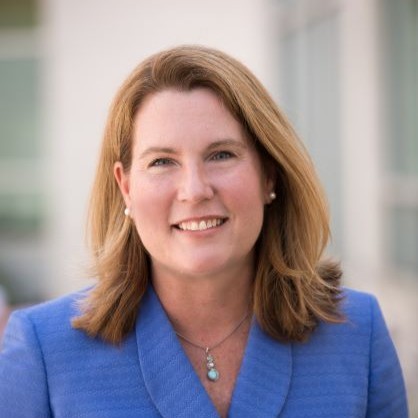
Kasia Sweeney, MBA, FACHE, is Vice President of Strategy and Business Development at CalvertHealth, an independent, not-for-profit community health system located in Southern Maryland. As a member of the health system executive leadership team, she oversees a division that includes strategic planning, business development, oncology services, women's health and the employed physician enterprise.
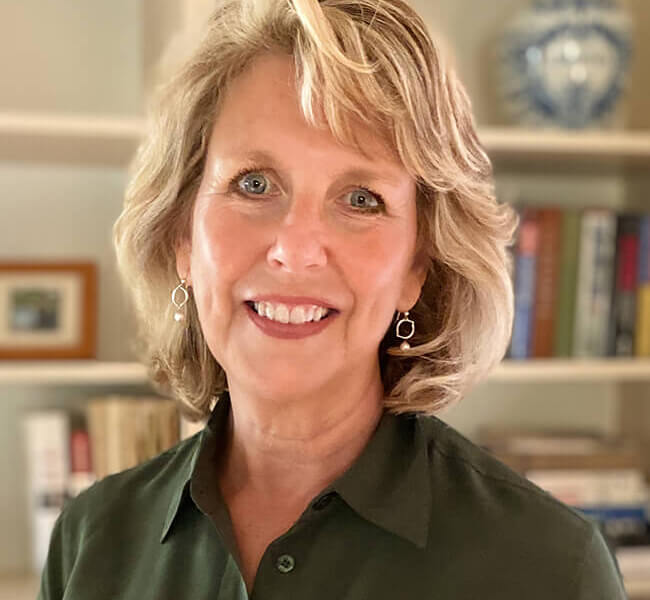
Nancy Reller loves the phrase ‘finding the heart of what matters’ as it’s the fuel for authentic, resilient leadership. She has spent decades in strategic communications with companies, non-profits, government agencies, educational institutions, associations, and foundations. Nancy is a certified executive coach and facilitator who works with leaders to build new behaviors toward sustained growth.
Back to top
A Practical Deep Dive into AI-Driven Healthcare Marketing
Lacey Reichwald, Aha Media Group, Marketing Manager
Curious about AI in healthcare marketing? Let's get into the nuts and bolts. We're talking practical do's and don'ts; shining a light on how AI can enhance your content tactics and when it's not the ideal tool. This session aims to give you a well-rounded view, covering the impact of AI on your current content strategy and how to use AI wisely in your marketing efforts. Expect to leave feeling empowered, with clear insights on leveraging AI's potential while being mindful of its limits.
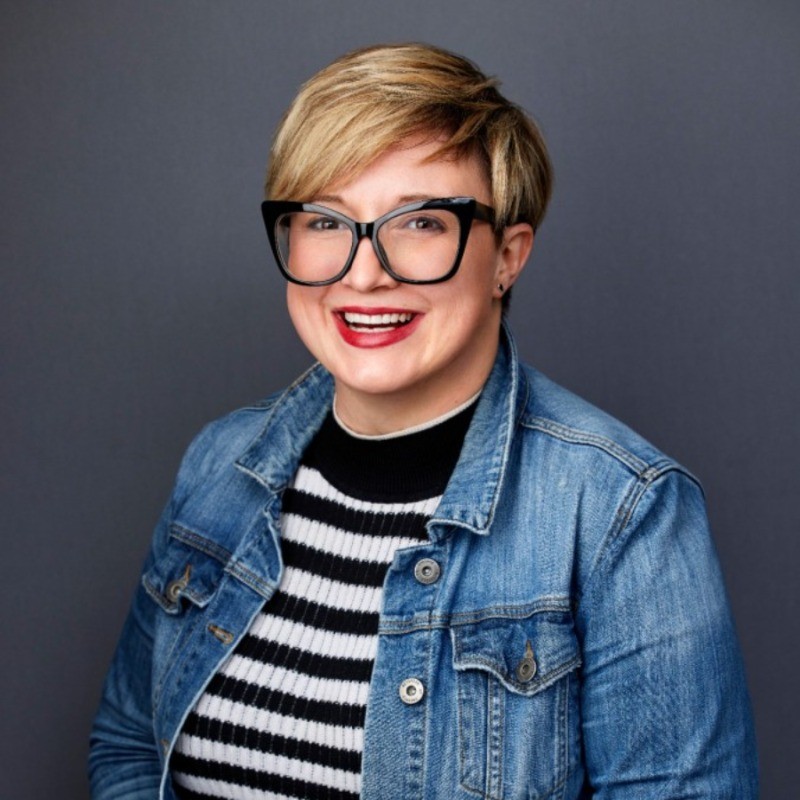
Lacey Reichwald is the Marketing Manager at Aha Media Group, connecting healthcare marketers with top content solutions. She previously owned The SweetSpot, a thriving cafe and bakery. With a background as a marketing consultant, speaker, and educator, she has assisted diverse teams in strategic campaigns and community engagement across many industries.
Back to top
Reputation SEO: 5 Stars a Day Keeps Competitors Away Digital Marketing
Chris Haas, Solutions Consultant, rater8
In response to patients growing more dependent on online reviews to drive their healthcare decisions, orthopedic practices nationwide have adopted reputation management solutions, thus sparking the emergence of a pivotal marketing strategy: Reputation SEO.A modern approach to trust marketing, Reputation SEO leans heavily on patient-generated content like online reviews and ratings to improve a practice's visibility in search engine results. This session will explore Reputation SEO as a natural extension of healthcare reputation management and as an innovative, cost-effective digital marketing strategy for acquiring and retaining patients. -Define Reputation SEO and recognize its relationship with healthcare Reputation management.-Analyze the differences between Reputation SEO and traditional SEO.-Assess the benefits of Reputation SEO.

Chris Haas is a Solutions Consultant with rater8 focused on helping medical practices build their online reputation, dominate search results, and enhance practice operations through patient experience surveys and benchmarking. Before joining the rater8 team, Chris spent over a decade working at his family's optometry practice. He brings a wealth of healthcare industry knowledge to the team and to rater8 clients.
Back to top
Speaking with One Voice: The Importance of Calibrating Language Across the Candidate Experience
Shawn Kessler, Aloysius Butler and Clark (AB&C), Partner
Emerson Moses, MBA, CPRP-DEI, Optum Senior Director, Clinical Talent Acquisition
Optum is one of the largest care delivery organizations in the world. Faced with brand confusion due to rapid growth and acquisitions, a desire to clearly define its employer value proposition (EVP), mission and vision across all care delivery sites throughout the United States, and facing markets saturated with competition, Optum teamed with recruitment marketing experts at Aloysius Butler and Clark (AB&C) to clarify who they are, understand where they are in the hearts and minds of their physicians and providers, define their story and build consistency. They leveraged internal and external resources, conducted primary and secondary research to align their messaging across all touch points. The benefits of this work to date include a 28% reduction in turnover, 50% reduction in cost per hire, and filling position up to two times faster. 1. Identify the steps needed to leverage and elevate your unique employment value proposition.2. Take away real life action items and examples to help calibrate language across the candidate experience.3. Recognize your organization's position in the talent-attraction marketplace. Recruitment of clinical and administrative employees will continue to be a challenge for organizations of all sizes in the future. This session will provide a blueprint for success in the highly compitive healthcare and general employment industries.
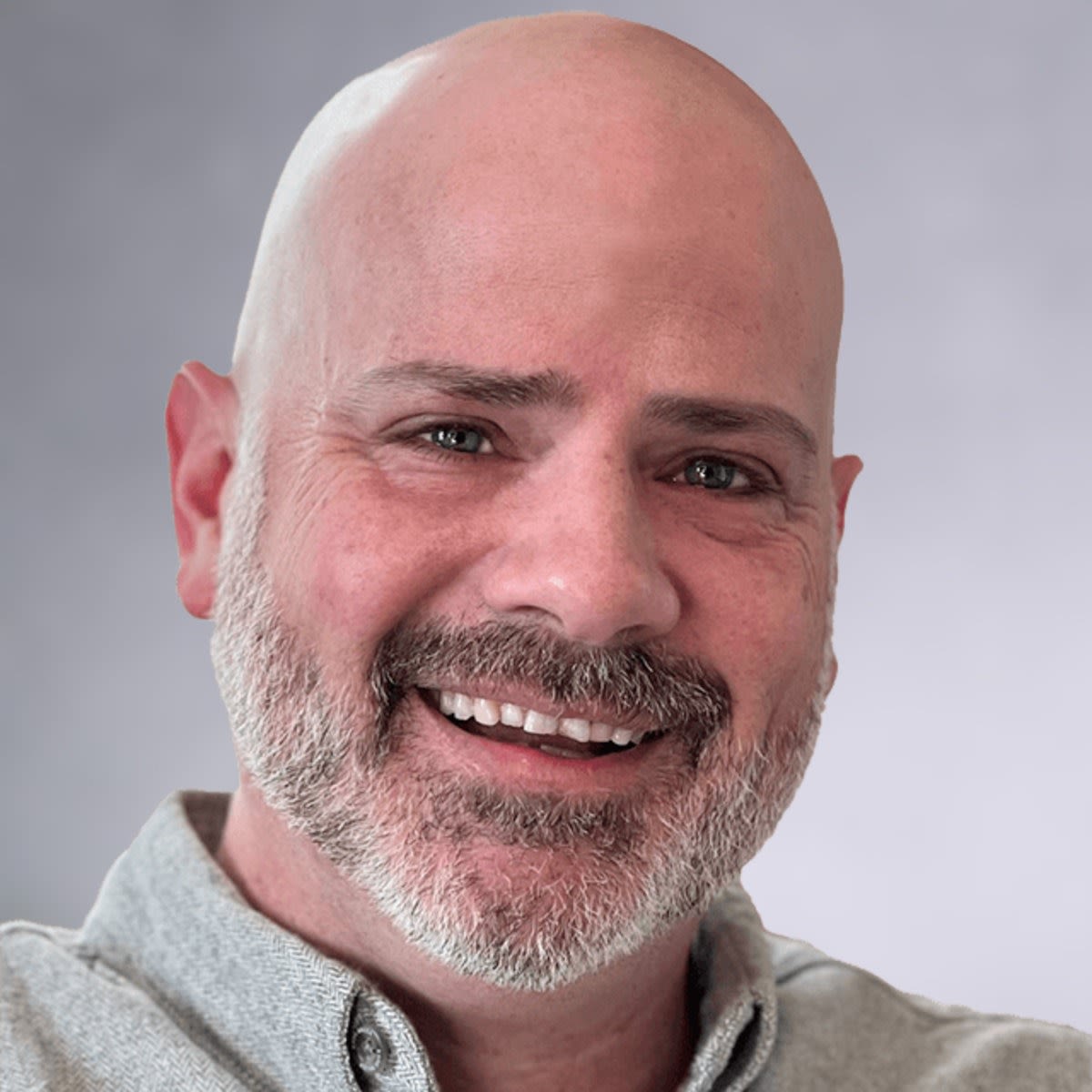
With more than 20 years of advertising and marketing experience, Shawn Kessler has helped clients achieve the highest levels of recruitment excellence. Shawn is a recipient of the Association of American Medical College's Award of Distinction, and has won numerous Advertising Awards for his campaigns. Over the past several years he has presented at multiple conferences.

Emerson Moses was the first to lead her organization through an employment brand strategy focused on physician recruitment. Her experience includes building and implementing scalable, efficient and high ROI processes; leadership of local, regional and national recruitment models; and meeting high-volume recruitment needs. She is the past-President of the AAPPR Board of Directors.
Back to top
Strategies for Service Line Success
Vicki Lucas, PhD, Vicki Lucas, LLC, Women's Health Business Consultants, President
Healthcare service lines are complex business units that are pivotal to the success of hospitals and health systems. They are matrixed across organizations which makes them a challenge to engage and align all key stakeholders, prioritize strategies and tactics, and demonstrate successful outcomes that are meaningful across departments. The following departments are involved in service line success: marketing, public relations, provider relations, strategic planning, community relations, philanthropy, PHOs, ACOs, medical groups, payer relations, finance and operations. In addition to the external facing targets, service lines much engage and align internal targets as well. Streamlining targeted communications, strategies and tactics across the organization and community are challenging and essential in order to gain market differentiation and dominance. This presentation will focus on actionable industry intelligence and proven successful service line models and strategies. Case studies of hospitals/health systems in very competitive markets will be utilized as examples of successful main service lines and sub-service line success across various sized hospital/health system departments.

Vicki Lucas is a nationally recognized expert in service line and sub-service line strategic planning and business development. For the past 30 years, she has served as service line SVPs for 2 large health systems and has served over 350 clients across the United States providing business development and strategic planning consultation services.
Back to top
Three Looming Threats to Digital Marketing for Healthcare
Colleen Jones, Martin Communications, Inc., Media Director
As the healthcare sector continually evolves, so too must its marketing strategies. However, three significant challenges loom on the horizon, each with the potential to disrupt and redefine how we approach healthcare marketing. Limited Analytics due to HIPAA Compliance: In our data-driven age, the healthcare industry faces unique barriers. HIPAA regulations prioritize patient privacy, but they also inadvertently limit the depth of digital analytics available to marketers. The strict guidelines around patient data create a challenge in deriving meaningful insights from digital interactions. Without the comprehensive analytics available to other industries, healthcare marketers may miss nuances in patient engagement, making it crucial to find compliant, yet effective, ways to obtain insights. The Disappearance of Cookies: The digital landscape is shifting. With increased privacy concerns and regulations, traditional cookies are becoming obsolete across all industries. As these data collection tools phase out, marketers are faced with the challenge of understanding and engaging with their audiences in new ways. This change impacts everything from audience segmentation to retargeting strategies, pushing marketers to seek innovative solutions. Outlawing of Geofencing: Once a burgeoning tool for healthcare marketers to reach potential patients based on location data, geofencing faces regulatory headwinds. Ethical concerns about targeting patients based on health conditions or medical facility visits are leading to increased scrutiny. As geofencing's future becomes uncertain, healthcare marketers need to anticipate and adapt. Join us as we delve deep into these challenges, exploring their implications and discussing strategies to not just survive but thrive in this transforming landscape. By understanding these threats and proactively addressing them, healthcare marketers can ensure they remain at the forefront of patient engagement and outreach.
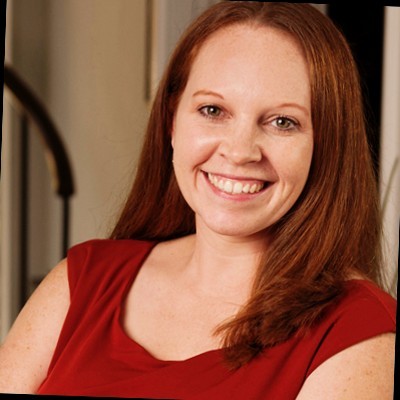
In 2016, Colleen Jones ushered in a revolution in media for Martin Communications' healthcare clients. As a marketing strategist and media placement specialist, she uses her expertise to leverage all current platforms, including traditional, social, search, streaming, and new digital advertising technologies, to realize performance goals. Ms. Jones has served on the MASHSMD board since 2021.
Back to top
Too Important to Fail: How to Create Lasting DEI Success
Aya Shuman, MS, Executive Director, The Institute for Equity, Diversity, & Inclusion at Chase Brexton Health Care
Diversity, equity, and inclusion (DEI) has been the "shiny new object" in healthcare strategy and marketing for the last 3 years. If your healthcare organization is like most, you probably have assembled your own DEI initiative, task force, or department. Congratulations! The job is done, right? Not quite yet. By some estimates, approximately 1 in 3 DEI professionals were laid off in 2022 alone, as organizations struggled to answer the question "Now what?" Many organizations simply aren't sure how to keep up the momentum around DEI once the real work begins. Join Aya Shuman, Executive Director of Chase Brexton Health Care's Institute for Equity, Diversity, & Inclusion, for a guided exploration into DEI sustainability: what it means, what it looks like, and what it takes for your team to get there. We'll show you how, at its heart, DEI is not that different than most of your other organizational priorities. It requires strategic planning, leadership, and employee buy-in, robust data, and continuous optimization in order to thrive. See how Chase Brexton Health Care is using these tools – and how your healthcare organization can use them too – to transform the daunting challenges of DEI into small, achievable, everyday tasks. You'll walk away with a keen eye for avoiding the superficial fixes and common stumbling blocks that derail other DEI efforts – as well as a clear roadmap for building long-term, repeatable, and effective DEI solutions that create lasting change for your staff, your patients, and the communities that you serve.
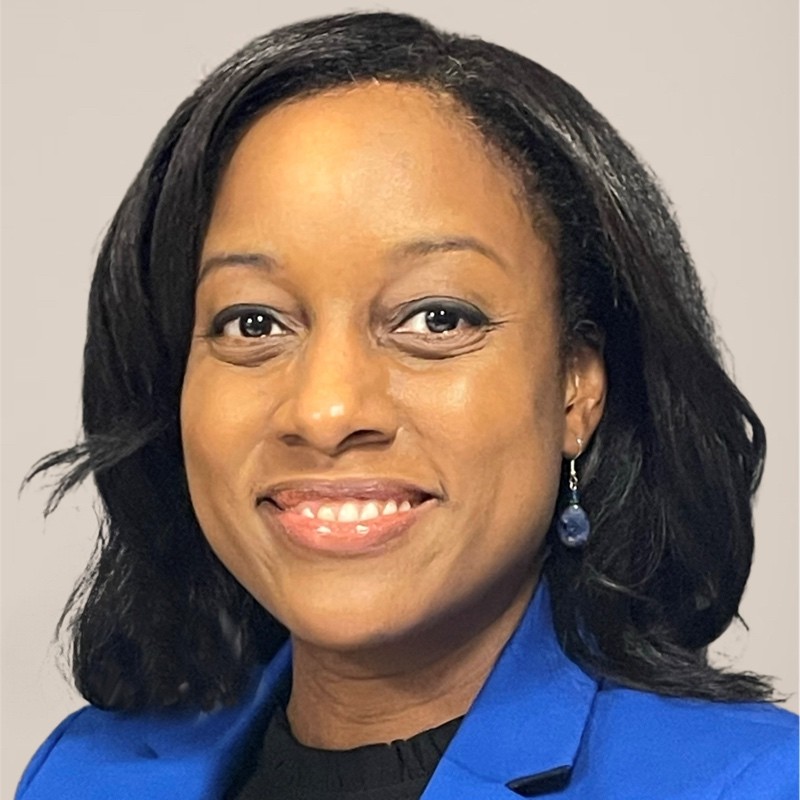
Before joining CBHC, Aya Shuman worked for the FDA, where she led public stakeholder meetings for the Commissioner and other leadership. Prior, Aya worked at CMS, working on national efforts to improve health equity & reduce disparities among Medicare and Medicaid beneficiaries. Aya holds an MS in Health Promotion & an MS in Nutrition & Integrative Health from the Md. University of Integrative Health.
Back to top
Panel: Using Data and Analytics to Elevate Your Marcomm Plan Marketing
Niki Bevec, UPMC Senior Manager of consumer insights & data
Marcos Irigaray, Executive in Residence @ Endeavor Management | Principal and Founder @ Marka Strategy Group
Moderator: Tim Duer, Causeway Solutions, Director of Healthcare & Enterprise Insights

Niki Bevec works as the senior manager of consumer insights and data for the UPMC Marketing Intelligence team. She manages consumer research, identifies trends/opportunities, and provides strategic guidance for brand/service line campaigns. Prior to UPMC, she worked in media planning on clients such as GNC, Royal Caribbean, and Bose. She graduated from the University of Pittsburgh with a marketing degree.
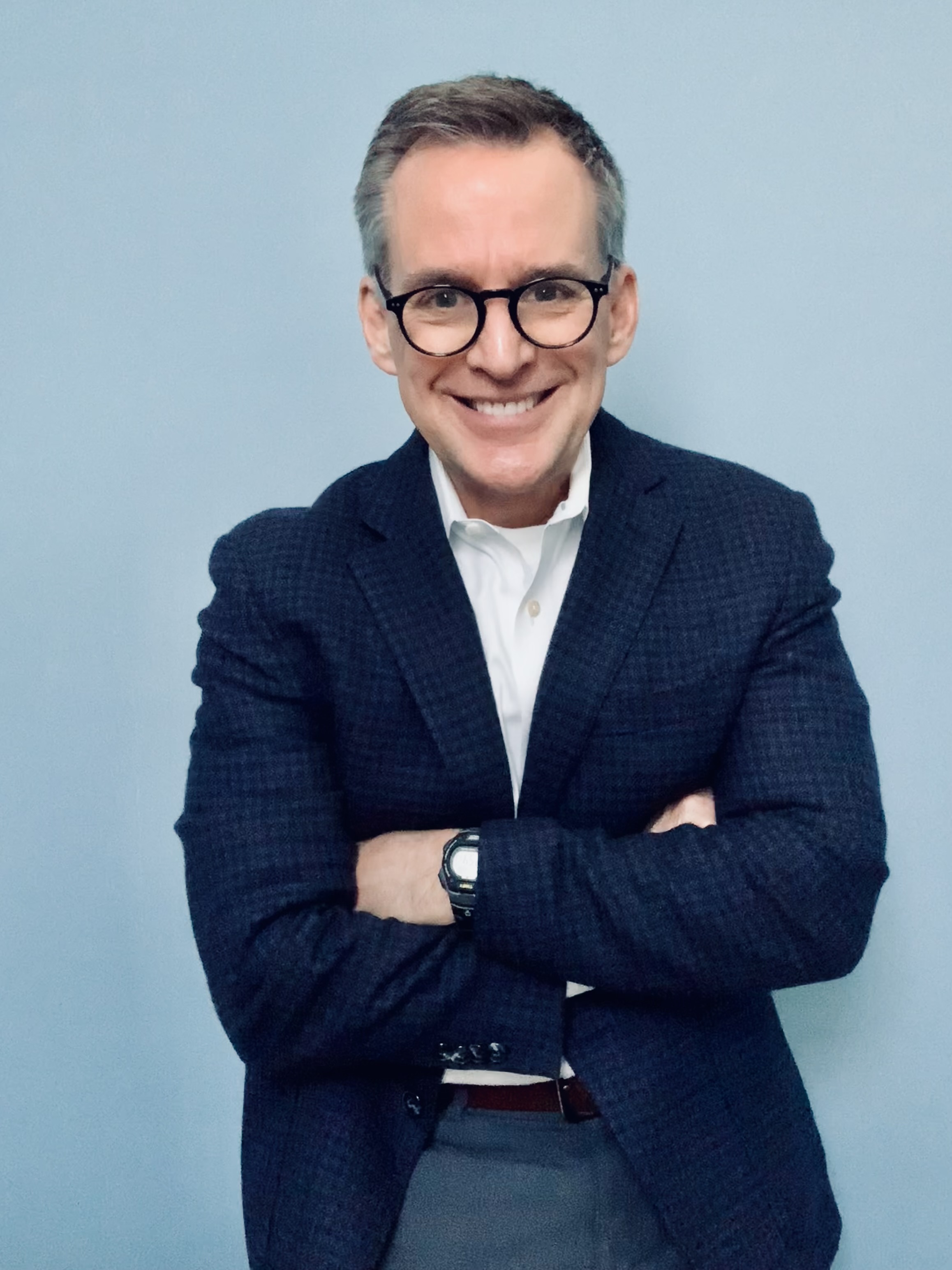
Marcos Irigaray is a seasoned professional with extensive experience in health care strategy, brand, marketing, analytics, operations, and communications. After a fulfilling career at VCU Health and leading enterprise-wide initiatives across his broad range of expertise, he joined Endeavor Management’s Executive In Residence team in 2024. Marcos received a Master of Health Administration from Duke University and a Bachelor of Science from Sewanee: The University of The South.
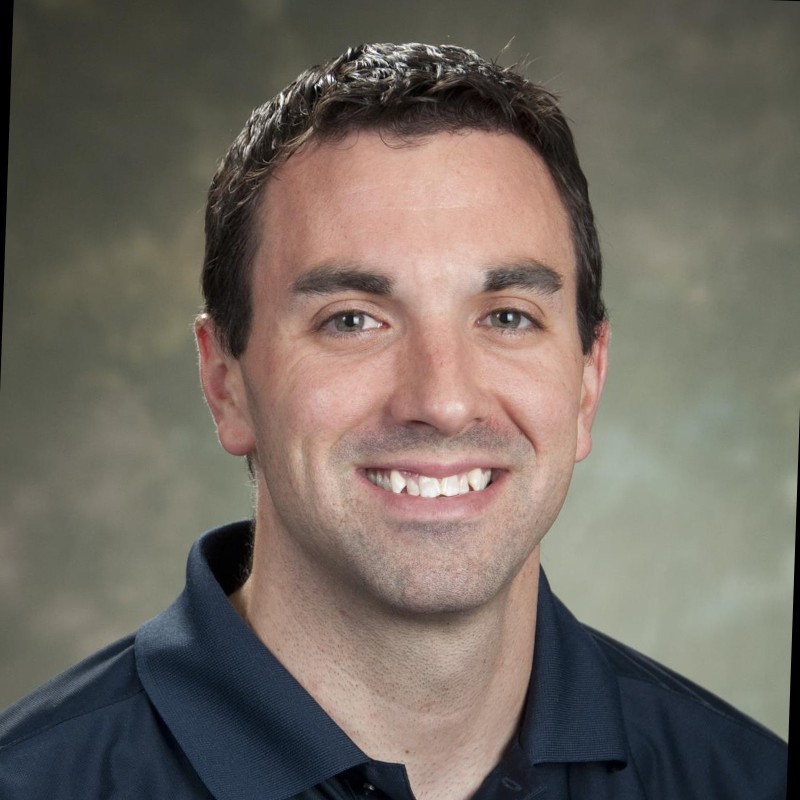
Tim Duer leads development of insights for Causeway, combining data science and analytic capabilities with the demands of the new medical landscape. He began as a clinician in a private PT practice, eventually advancing to operations director in a health system. He uses his balanced background of hands-on clinical care and business to approach to the healthcare marketplace from a unique perspective.
Back to top
What We Learned from Our TikTok "Icks" Crisis
Laura Kuechenmeister, Emory Healthcare, Assistant Director, Content Marketing
Tiera Johnson, Emory Healthcare, Social Content Marketing Manager
In December 2022, Emory Healthcare's marketing team experienced our first crisis on TikTok when several labor and delivery nurses shared their "icks" about patients. It was overwhelming, consuming our team for days - and it taught us a lot about how to prepare for the next one. In this session, we'll discuss:
- The early signs – what to look for & when to elevate concerning social content
- Communicating to our leadership that this kind of negative attention can & will happen, and TikTok is particularly inflammatory and unpredictable
- An overview of our issue & how it progressed through a few different themes and national publications, plus our coordination with media relations and internal communications
- Things we learned, loose guidelines we've developed for how to react, ensuring team wellbeing – how that all translated into the next two issues this year (label standards, reporting, going dark or not, statement or not, etc.)
- Making a case for support to leadership, and how we use the voice of the customer data from social media in decision-making.

Laura Kuechenmeister has nearly 15 years of experience in marketing and communications, with roles ranging from design and social media to media relations and fundraising, and she has worked for causes that include youth development, education, animal welfare, and the arts.

Tiera Johnson brings over ten years of expertise in marketing strategy and design, with a focus on social media and content creation. Her innovative and creative approaches have effectively connected brands with their audiences across the healthcare, nonprofit, entertainment, and beauty industries.
Back to top
What Drives Healthcare Consumer Behavior? Using Jobs-to-be-Done to Understand Decision-Making.
Steve Koch, Cast & Hue, Managing Partner
Healthcare consumerism has never been more real. People have more care options than ever before, and the way they utilize healthcare has evolved.
Consider:
- The average person splits their healthcare amongst 4-5 healthcare provider brands each year.
- 58% of Americans reported that they are likely to seek non-emergency care from a retail pharmacy.
- The average health system has experienced an 11% drop in operating margin vs pre-pandemic levels.
What are the implications of this?
- Despite a focus on brand in healthcare for the last 20 years, there is very little loyalty.
- The front door to health systems is getting less traffic.
- Traditional healthcare organizations are losing patients to new entrants, competitors, and inaction.
In this session, we'll share how healthcare organizations can understand how and why consumers make decisions by utilizing Jobs-to-be-Done theory. Jobs-to-be-Done (JTBD) is a theory of progress. People "hire" products and services to reach desired outcomes and make progress in their lives. When we understand what progress they are trying to make, and the desired outcomes they are trying to achieve, we will understand their job-to-be-done. By understanding the needs and motivations behind healthcare consumer decisions, organizations can create differentiated experiences and messaging strategies that meet those needs better than competitors, driving acquisition and loyalty.

After spending half of his career in marketing and advertising, Steve Koch evolved to focus on understanding the needs, motivations, and decision-making drivers of people to design more effective customer and patient experiences. Today, he is privileged to be part of the team at Cast & Hue as they utilize human-centered design to empower brands to differentiate in competitive markets.
Back to top
Sponsors
2024 Title Sponsor:

2024 Supporting Sponsors:
|


























